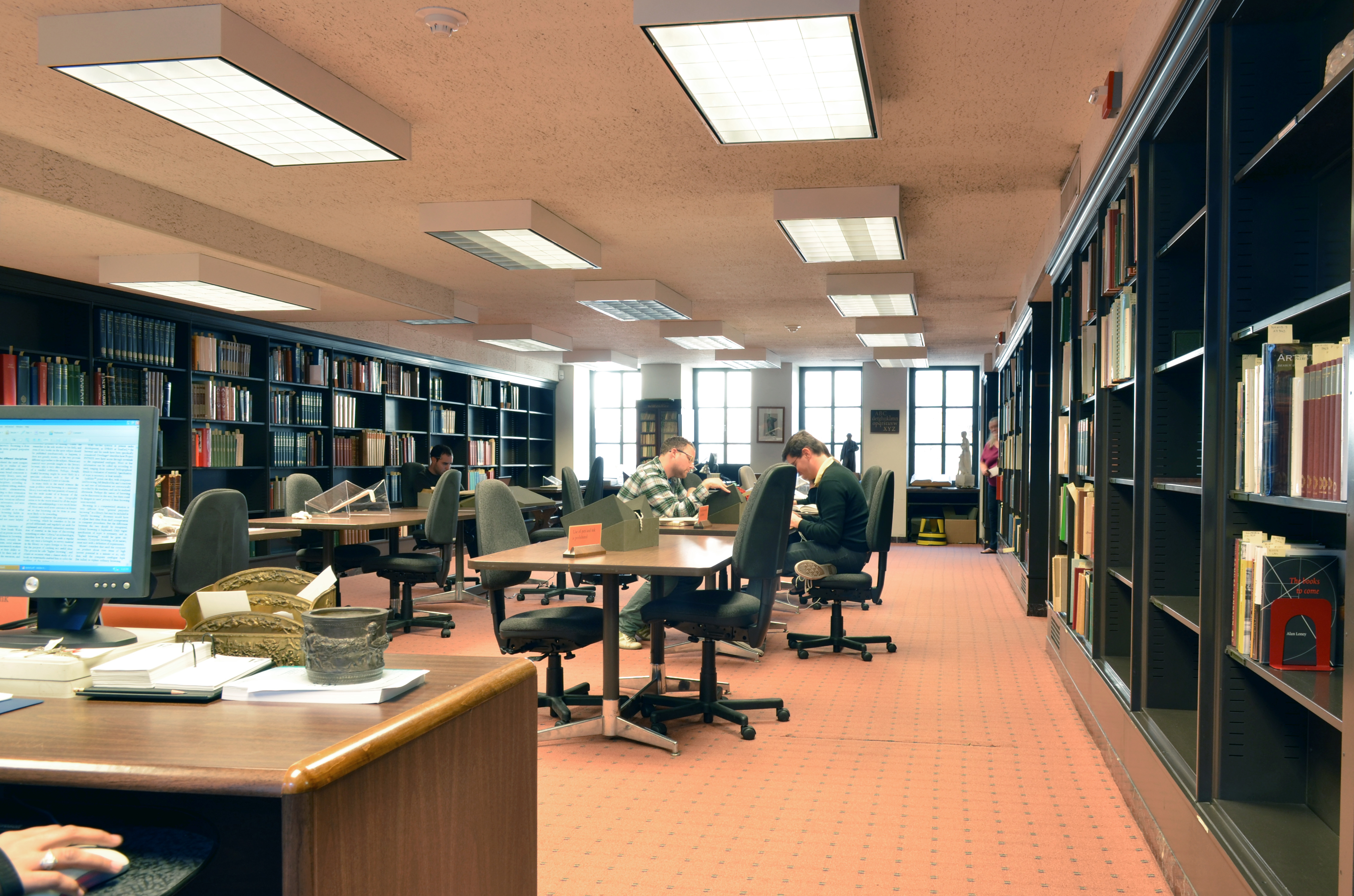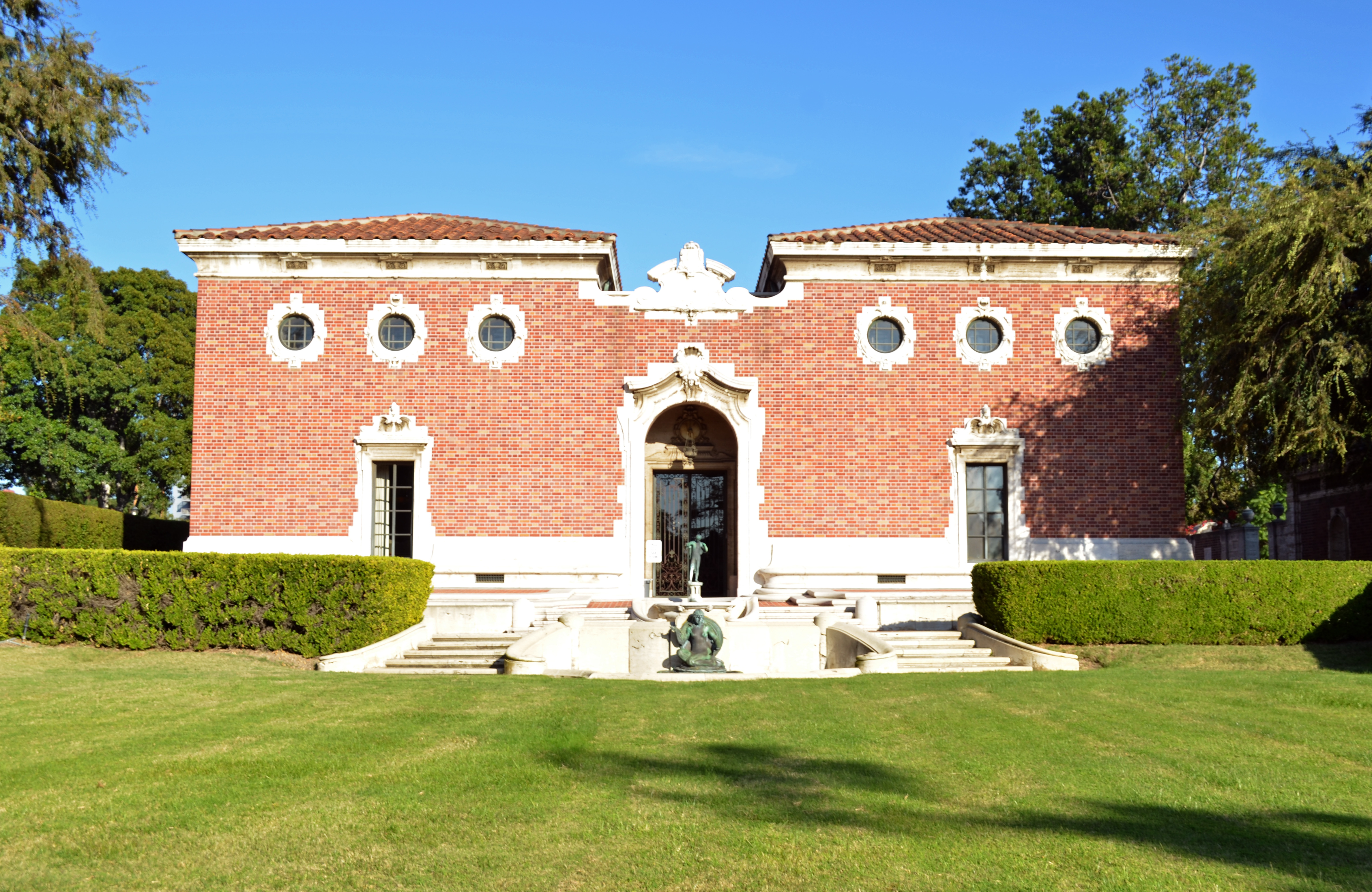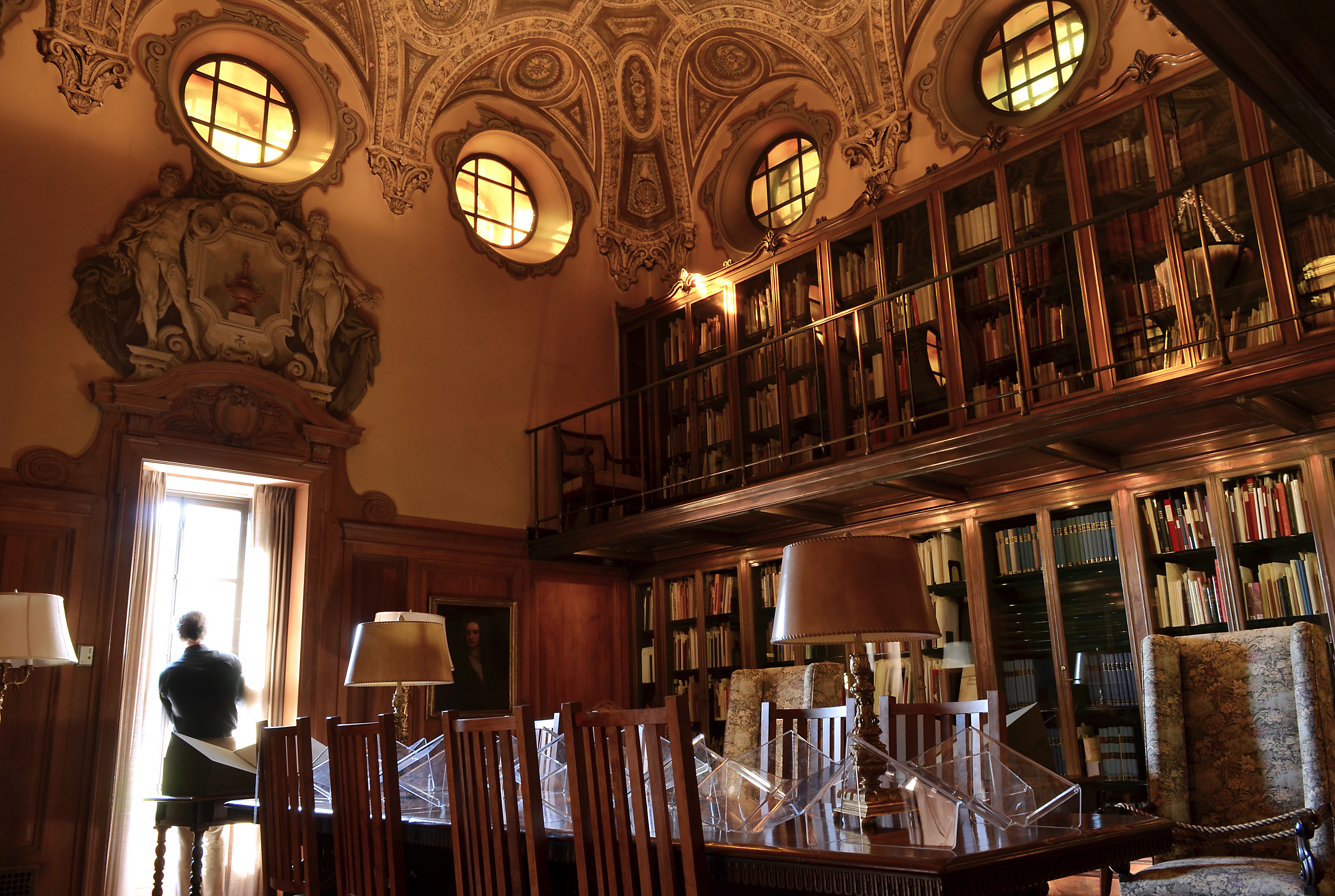

Thirteen miles away from Westwood, the William Andrews Clark Memorial Library takes up an entire block of a street near downtown Los Angeles.
Beyond the walls of the library, which was donated to UCLA in 1934, lie special collections of 17th and 18th century literature pored over by UCLA faculty members and advanced scholars from all over the world.
The library’s John Dryden collection is one of the best in the world, said Gerald Cloud, head librarian at the Clark ““ a rendering of scenes from Dryden’s “All for Love” is painted on the ceiling of the library conference room.
An Oscar Wilde collection with letters, handwritten drafts of plays and books inscribed by the author is also housed in the library.
Despite attracting researchers from all over the world, the Clark Library is not commonly frequented by UCLA students, Cloud said.
The distance between the campus and the library appears to deter students from visiting, he said.
In an effort to bridge the distance between the Westwood campus and the library, Clark officials are experimenting with a shuttle bus to transport students to its location near downtown this quarter.
“A lot of UCLA students don’t have automobiles,” Cloud said. “We want to give those students an opportunity to get out here.”
One such student is Kim Hedlin, a graduate student in English who used the shuttle with nine other students to attend a conference recommended by her graduate adviser. She said the shuttle is helpful because she would otherwise not be able to find transportation to the library.
Shuttles will run on scheduled Fridays between the third and last week of the quarter, leaving Macgowan Turnaround at UCLA and returning from Clark Library at scheduled times that can be found on the library’s website, Cloud said.
The shuttle is borrowed from UCLA and paid for through the Clark Library’s budget, said Barbara Fuchs, recently appointed director of the Clark Library.
On days when conferences are scheduled, the shuttles will run all day in an attempt to facilitate transportation for students, Cloud said.
“We want to bring the Clark closer to UCLA and involve graduate students as well as undergraduate students,” Fuchs said.
Increased student access to the Clark could allow faculty to bring students on a field trip to the library where they can observe books and documents within the context of a course, he added.
Handling the documents and books at the Clark could spark an interest for research in students, Fuchs said.
“I think there’s something about the experience of dealing with the object, seeing how it’s annotated, who owned it, and how it’s made to look,” Fuchs said.
Despite not being able to enter the library because of a conference taking place the day of her visit, the possibility of dealing with historical and antique documents drew Irene Zapato, a graduate student in the Graduate School of Education and Information Studies.
“Preservation is interesting to me. Old books and antiques especially, they seem more tangible,” she said.
In addition to the shuttles, Fuchs also plans to reach out to students by continuing the chamber music series and poetry readings at the Clark and expanding it to include regular theater performances.
For the moment, the shuttle program is an experiment. If the shuttle is able to increase visitations to the library by the end of the year, it will be continued, Fuchs said.
“The idea is to shrink the distance between the Clark and campus as much as possible and make it easy for people to come here,” Cloud said.
No undergraduates rode back on the bus with Hedlin’s group. But despite the absence of one of the main target groups, the Clark will have a returning student in Hedlin, who said she plans to visit the library another day to look at manuscripts inside.
With contributing reports by Stephen Stewart, Bruin contributor.
